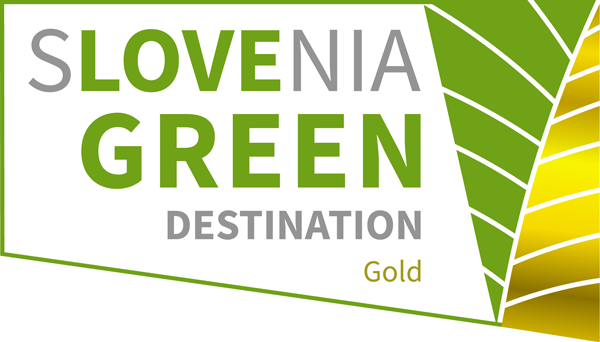
The UNESCO Karst Biosphere Reserve
A unique biosphere site featured on several UNESCO heritage lists
The Karst Biosphere Reserve, which has been included in UNESCO’s Man and the Biosphere Programme (MAB) since 2004 covers an area exceeding 105,000 hectares in south-western Slovenia. Its natural geographical feature is the contact with the karst where the water-permeable areas of the Karst plateau, Čičarija, Pivka, Mt Snežnik and part of the Javorniki plateau meet with the impermeable flysch area of Brkini.
The area is characterised by numerous karst phenomena, such as caves, collapse dolines, dolines, karst plains and high Dinaric plateaus. Sinkholes and blind valleys were formed when limestone and flysch came into the contact in past geological eras. The largest cave phenomenon is the Škocjan Caves, a nearly 7 km long network of caves containing one of the biggest underground canyons in the world and a volume of over 5.5 million m3. In the eastern part of the biosphere reserve lie the Pivka Intermittent Lakes, which fill up with water when the levels of groundwater are high. There are several torrential gorges in Brkini, from where watercourses mainly flow into the Reka River.
The diversity of plant and animal species and their habitats is an important asset of the Karst Biosphere Reserve. In particular, the dry karst meadows, wet grasslands along watercourses and extensive forests are home to many rare and endangered species of flora and fauna. Caves are a special habitat where researchers have discovered many endemic animal species, including olm Proteus anguinus, also known as the “human fish”, and the narrow-necked blind cave beetle Leptodirus hochenwartii. The hard-to-reach and relatively undisturbed forests also provide a habitat for three of the largest predators, the bear (Ursus arctos), the wolf (Canis lupus) and the lynx (Lynx lynx). The biosphere reserve is home to 27 of Slovenia's 31 known bat species.
Archaeological finds show the importance of the area and its settlement from prehistoric times onwards. The heritage of numerous preserved churches and castles, of which only Prem Castle is completely preserved, stands out from the medieval period.
By caring for the karst landscape over the centuries, the locals have maintained the dry karst meadows, edged with dry-stone walls, as well as multiple ponds (“kali”), whereas in the hilly areas terraced orchards featuring high trees are still cultivated. Advanced beekeeping as well as transhumance sheep and cattle farming also contribute importantly to preserving the biodiversity and cultural heritage.
The cultural heritage of the biosphere reserve reflects its natural characteristics in a unique way. The typical architectural heritage, the traces of the rich history of milling and sawmilling, the legacy of horse-and-cart driving, mining and life along the Southern Railway testify to a way of life in harmony with the natural environment, which is today encouraged and preserved by UNESCO’s Biosphere Reserves. An especially valuable part of the local cultural heritage is the spiritual tradition, dating back to pagan times. Today, it is mostly preserved by carnival groups, the oldest of which, “Škoromatija” and “Vrbiške šeme”, are protected as intangible heritage.
The Karst Biosphere Reserve holds great national and international importance. It encompasses the Škocjan Caves Regional Park, the Pivka Intermittent Lakes Landscape Park and the Beka Landscape Park. It features many natural values, natural monuments and cultural heritage sites or areas. The area lies within the Natura 2000 areas of the Karst, Reka and Snežnik-Pivka. On the international level, the Škocjan Caves are inscribed on UNESCO’s World Heritage List as a separate entity, while the Snežnik Primeval Forest is part of the multi-state, serial “Ancient and Primeval Beech Forests of the Carpathians and Other Regions of Europe” site. The Škocjan Caves are also found on the list of internationally important wetlands and feature among the top 100 IUGS geological sites. The skills, know-how and techniques of dry-stone wall construction also appear on UNESCO’s Intangible Heritage List.




